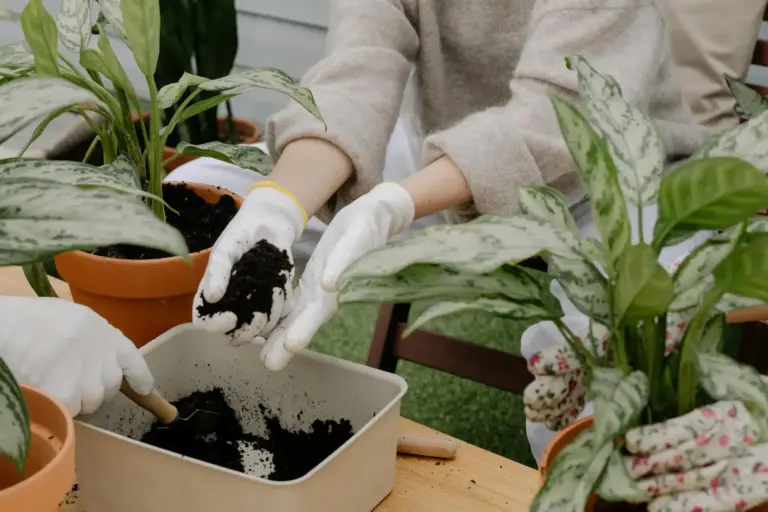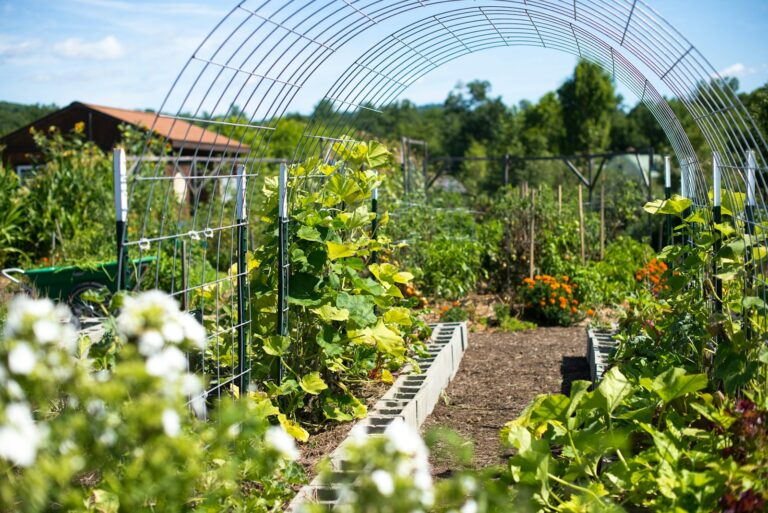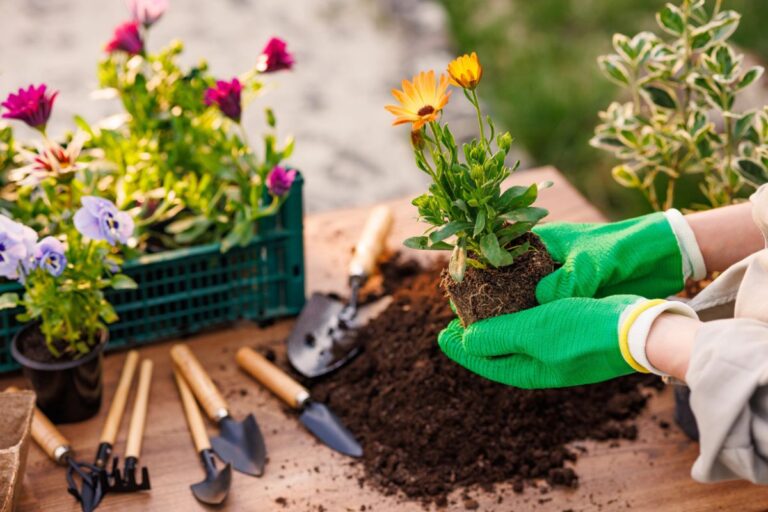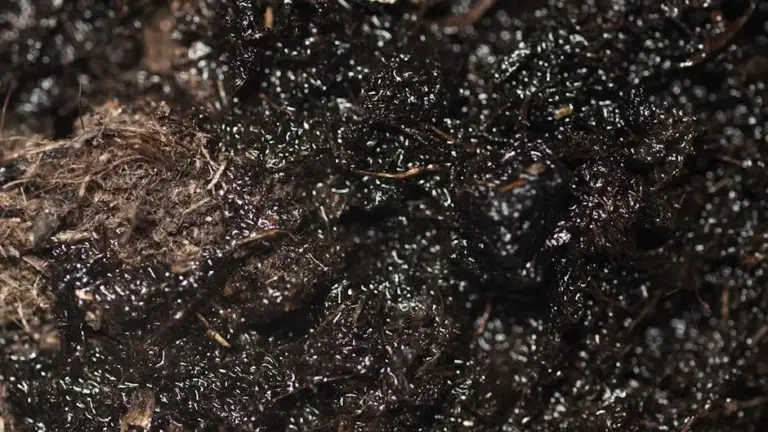Simple Ways to Learn Your Garden’s Sun and Shade Patterns for Healthier Plants and Better Growth
Ever wondered why some plants in your garden seem to flourish while others struggle? The answer often comes down to how much sunlight each spot receives.
Getting familiar with the sun and shade patterns in your yard can make a big difference. You do not need fancy tools—just a little curiosity and a willingness to observe.
Observe your garden hourly from dawn to dusk
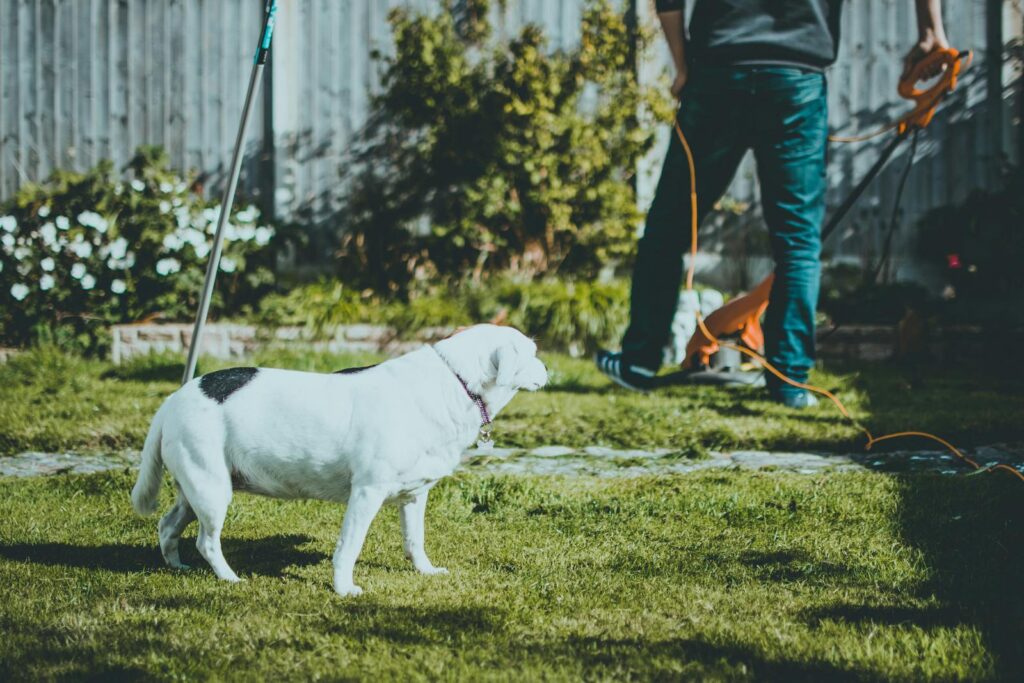
Spend a day watching your garden from sunrise to sunset. Check how sunlight moves across different areas every hour or two.
Make notes or snap photos to track changes. You might spot areas that get sun only for part of the day, while others stay shaded.
Pay attention to how long each spot stays in the sun. Some plants thrive in full sun, while others do better in shade or partial sun.
Try to do this on a clear day for the most accurate view. Overcast weather can change sunlight patterns, so pick a bright day if possible.
A simple garden journal is handy for writing down times and sun exposure. This record comes in handy when planning your garden layout.
For more tips, see this guide on mapping your yard’s sunlight.
Use a notebook to record sun and shade times

Grab a notebook to carry with you when you visit your garden. It does not need to be anything fancy.
Check your garden several times a day, early morning, midday, and late afternoon work well. Write down which parts get sun and which have shade at each time.
Be consistent and patient. The sun moves, so patterns change throughout the day.
Make simple notes like “full sun,” “partial shade,” or “mostly shade.” You might also sketch a quick map and mark sun and shade spots.
This record helps you decide where to plant different flowers or vegetables. Knowing when and where your garden gets light is key for healthy plants.
For more tips, check out this guide on how to create a sun map for your garden.
Mark sunniest spots with a colored marker

Watch your garden throughout the day and note where the sun shines longest and brightest. Use a colored marker or tape to clearly mark these spots.
You can also draw a simple map and use different colors to show how long the sun hits each spot. More colors usually mean more sunlight.
Marking sunniest spots makes it easier to choose the right plants. Plants that need full sun will do best in these marked areas.
If you check your garden in different seasons, you’ll see how sunlight changes. This lets you adjust your planting plans to match the sun’s path.
For more ideas on sun mapping, visit this simple guide on how to create a sun map for your garden.
Create a paper sketch of your garden layout
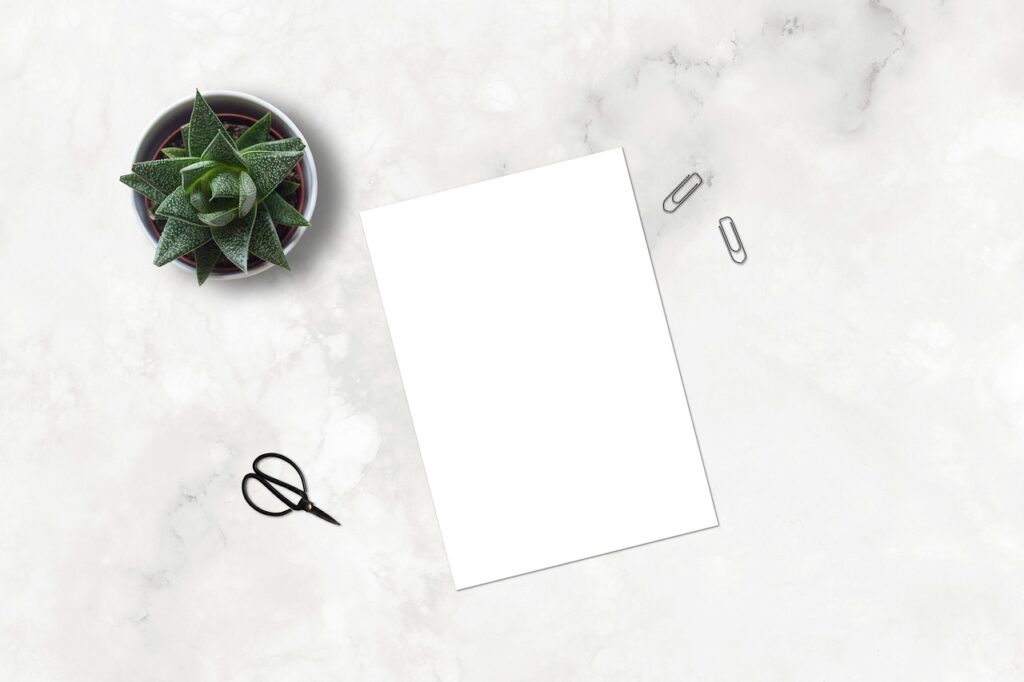
Draw a simple map of your garden on paper. Use graph paper if you have it to keep things neat and to scale.
Mark where large plants or structures cast shadows. This will help you see which spots get sun and which ones stay shaded during the day.
You can add notes about the time and direction of the sun. If you want, cut out shapes representing furniture, plants, or garden features and move these pieces around your sketch.
Drawing your garden lets you understand sun and shade better. It makes choosing the right plants for each spot much easier.
Check out this simple guide on making a garden drawing for more ideas.
Note shaded areas under trees or structures

Pay close attention to spots under trees or near buildings where shade is common. These areas often get less sunlight because of leaves or overhangs blocking the sun.
You might notice that the shade changes during the day as the sun moves. Morning shade can turn into afternoon sun, or some spots may stay shaded all day.
Try to visit your garden at different times. Watch how shadows fall and how long the shade lasts.
These shaded areas may feel cooler and damper. This can affect the kinds of plants that will grow well there.
Knowing where these shady patches are helps you pick the right plants and plan a garden that thrives, even without full sun.
For more ideas on handling these spots, check out shade garden tips under trees.
Track sun patterns over multiple days
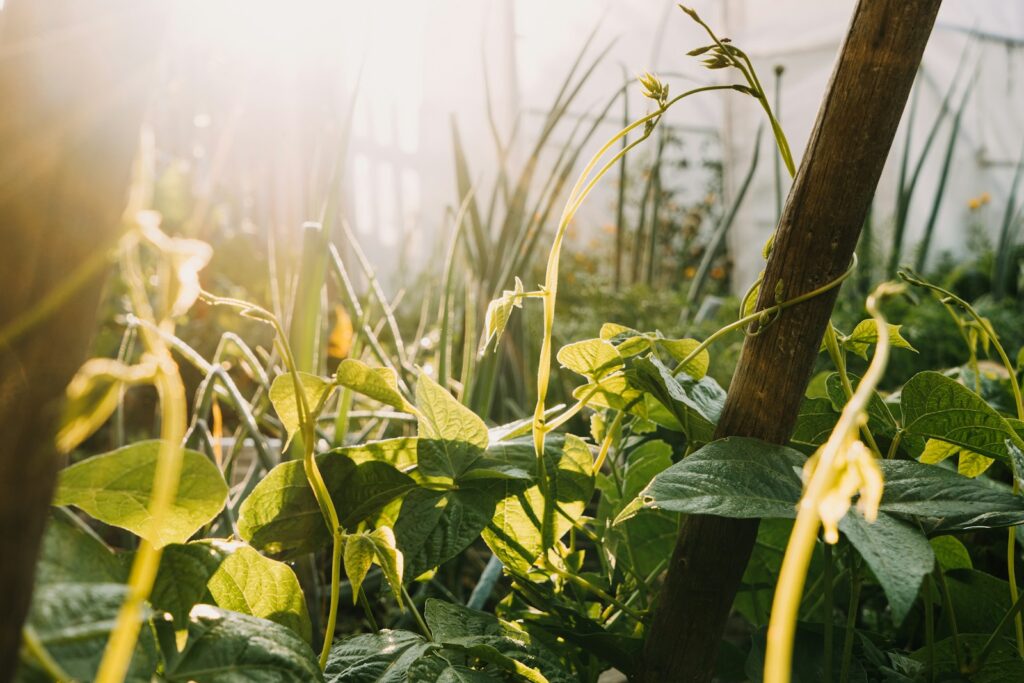
To really understand how sunlight moves across your garden, watch it for several days. The sun’s path can change with the weather and season.
Try to observe at the same times each day, early morning, midday, and late afternoon. Take notes or photos each time to see how shadows grow and shrink.
If you can, record on sunny days. Clouds can block sunlight and give a wrong idea of your garden’s true sun pattern.
Use your notes to mark areas that get full sun, partial shade, or full shade. This simple sun tracking helps you pick the best spots for your plants.
Some need a lot of sun, while others like cooler, shaded spots.
You can learn more about sun mapping for gardens from this guide to sun mapping for gardeners.
Assess how shadows move each season
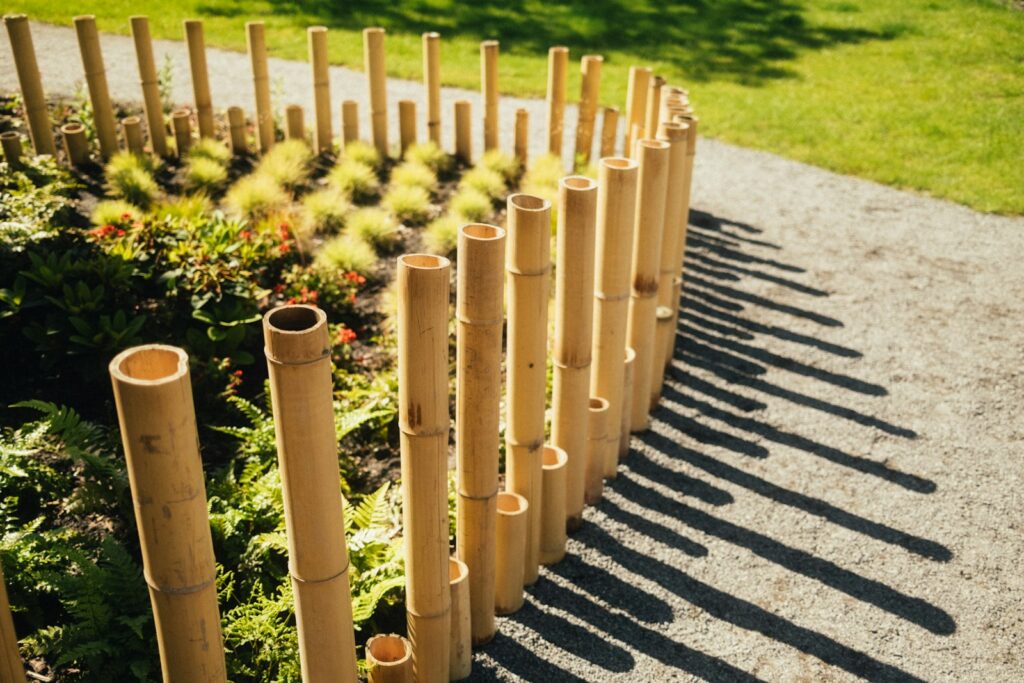
Shadows change a lot as the seasons pass. In summer, the sun takes a higher path, so shadows are shorter.
In winter, the sun stays lower, making shadows longer throughout the day. Check your garden at different times in spring, summer, fall, and winter.
Watch how the shadows from trees, buildings, and fences shift. This helps you see which spots get full sun or shade depending on the time of year.
You can use simple tools like a notebook or an app to note where shadows fall. Mark the longest and shortest shadows to understand how much sunlight different areas get.
This guides you in choosing the best spots for your plants.
Try sun mapping for easy tracking of sunlight and shade patterns in your garden throughout the year.
Identify areas with morning sunlight only

Take a look at your garden early in the day. Watch which spots get sunlight right after sunrise but then fall into shade by midday.
These areas usually face east and catch the gentle morning sun. Use a simple sketch or sun mapping to mark these morning sun zones.
Take notes about how long the sun stays in these spots, as it can change with the seasons. Knowing where your garden gets just morning sunlight helps you choose the right plants.
Many flowers and vegetables prefer this gentler light instead of strong afternoon sun.
You can also use apps or simple tools to confirm your observations and create an accurate sun map.
For a detailed guide on mapping sunlight, check how to map sunlight patterns in your garden.
Spot zones with afternoon shade
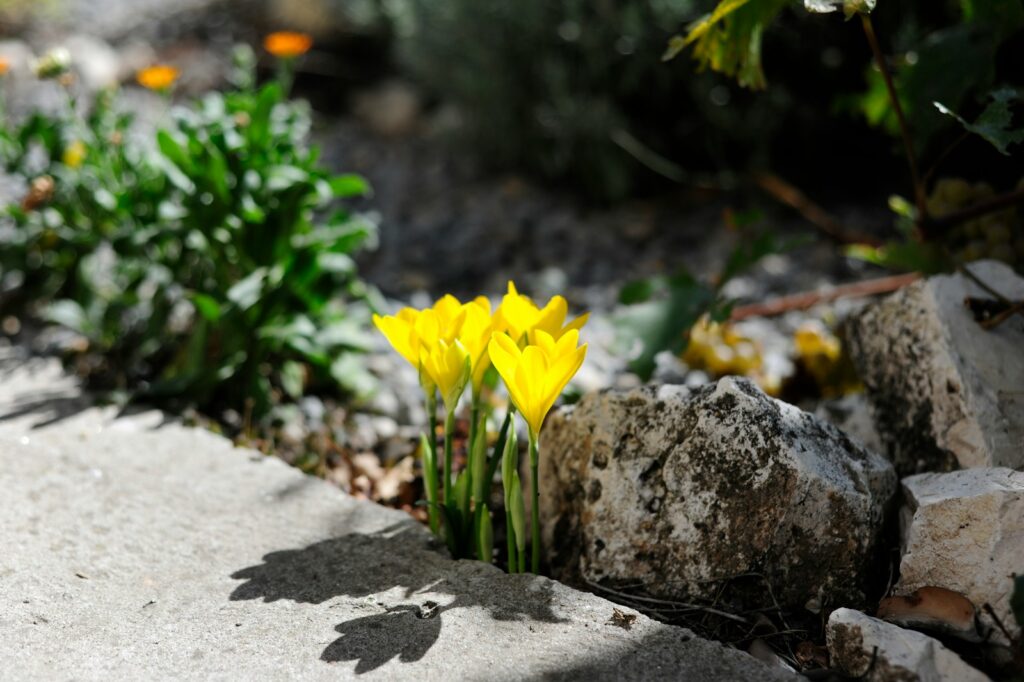
Afternoon shade is important because the sun is strongest then. Knowing where these spots are helps you protect plants that do not like too much heat.
Start by observing your garden around midday. Check again in the late afternoon to see which areas cool down first.
Use a simple sun map to mark shady patches in the afternoon. You can do this by taking notes or using a sketch of your yard.
Look for places shaded by trees, fences, or buildings. These often create cooler spots in the afternoon.
Plant delicate or shade-loving plants in these zones. They will do better with less intense sunlight.
If you notice some areas only get a bit of afternoon shade, those are great for plants that like part sun and part shade.
For tips on sun mapping, see this guide on how to map sunlight patterns in your garden area.
Use different colors for sun exposure levels
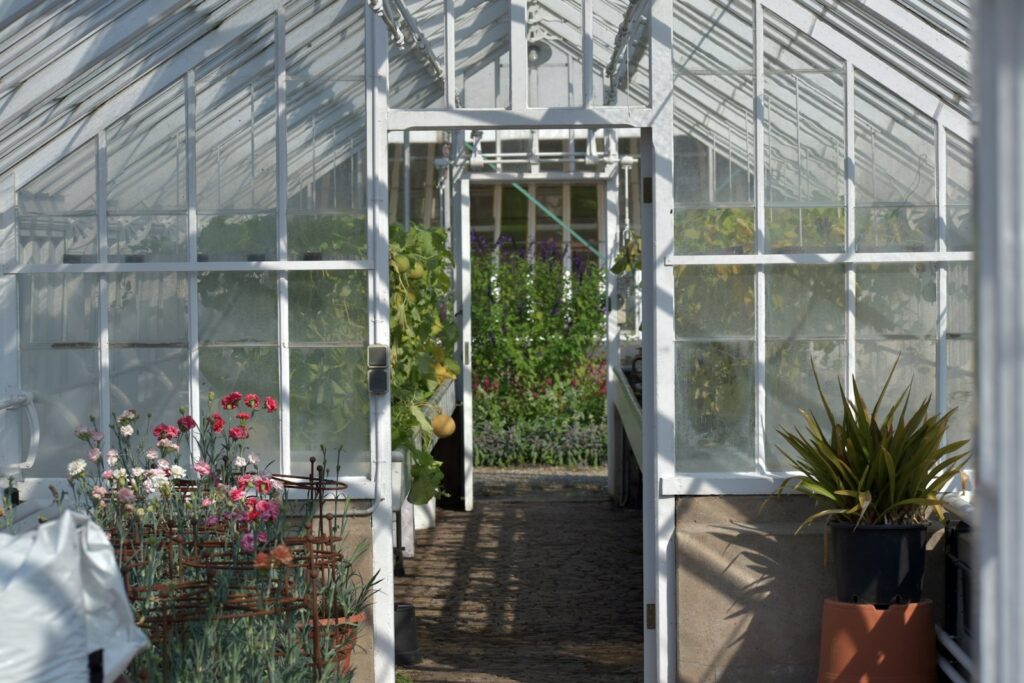
Try using different colors to mark sun exposure in your garden. Red or orange works for spots with lots of sunlight.
For areas with partial shade, use yellow or light green. These colors show spots that get sunlight for part of the day but also have shade.
Use blue or dark green to mark fully shaded places. These cool colors help you spot where sunlight is limited.
Making a color map like this can guide you when you plant. You will not have to guess which spots are best.
Try using colored pencils, markers, or even a digital app to track your sun map. This simple tool turns your garden into a clear visual guide for planting success.
For more tips on sun mapping, visit this guide on how to assess sun exposure.
Understanding Your Garden’s Microclimates

Every garden has its own personality. Different spots can have different amounts of sun, shade, wind, and temperature.
These unique areas affect how well plants grow. Learning what changes happen in your garden helps you choose the best places for different plants.
Factors That Influence Sun and Shade
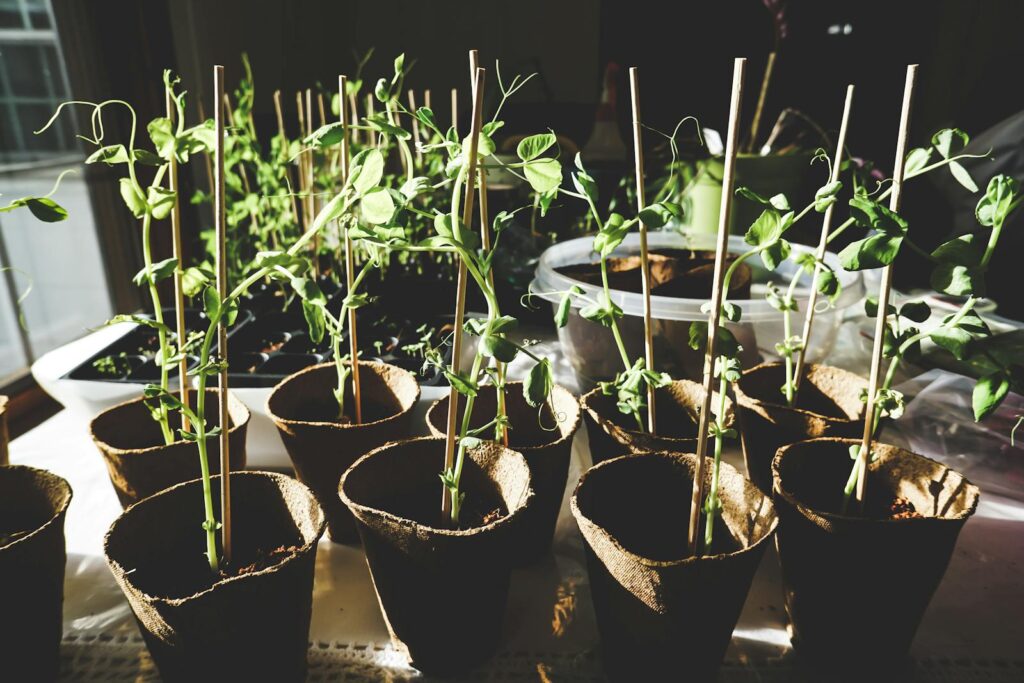
Sun and shade patterns depend on several key things. The position of the sun changes throughout the day and year.
South-facing spots usually get the most sun, while north-facing areas might stay shady. Trees and tall plants block sunlight, creating shaded patches.
Even the height of plants nearby can change how much light reaches certain areas. The shape of your garden, like hills or slopes, can create wetter, cooler, or warmer spots.
These differences affect how much sun those areas receive and how long they stay warm or cool during the day.
The Role of Nearby Structures

Buildings, fences, and walls change how sun and wind move around your garden. A tall fence can create shade on one side, making that spot cooler and less sunny.
Concrete or brick surfaces hold heat and can warm nearby soil, creating a warmer microclimate. Look at how structures block or reflect sunlight.
South-facing walls might warm plants on cool days, while large buildings can cause long shadows that reduce light.
Knowing where these structures affect your garden helps you plan where to plant sun-loving or shade-tolerant plants.
For more tips on how structures and sunlight affect your yard, check this guide on understanding your garden’s unique microclimates.
Common Mistakes To Avoid
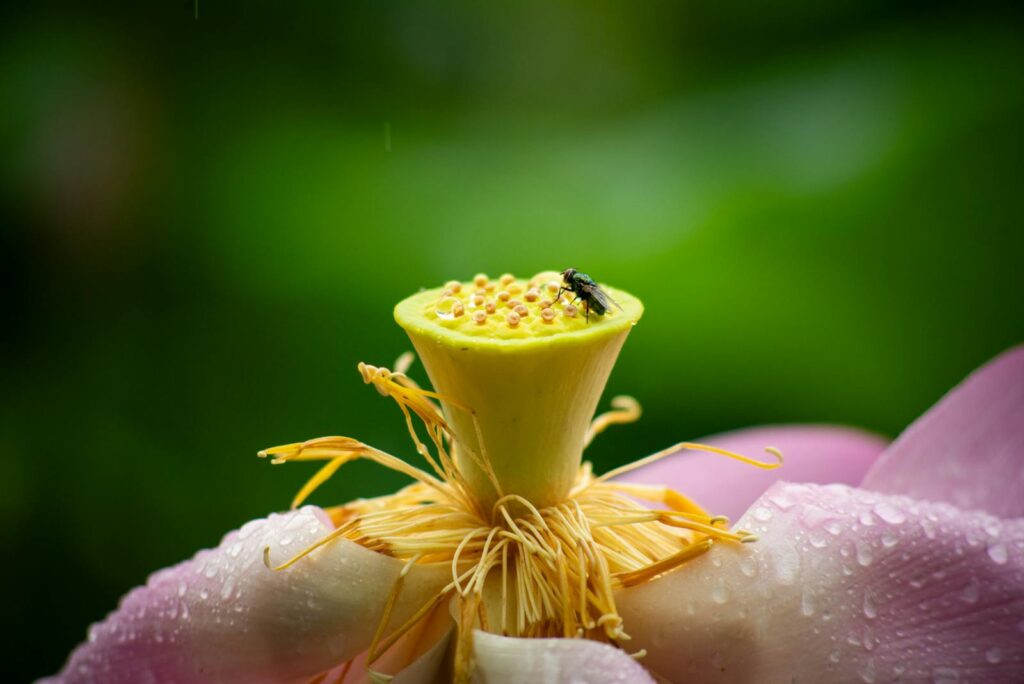
Getting to know your garden’s sun and shade patterns takes more than a quick look. Some errors can lead to wrong plant choices or poor growth.
Avoiding these common mistakes helps you create the right environment for every plant.
Overlooking Seasonal Changes
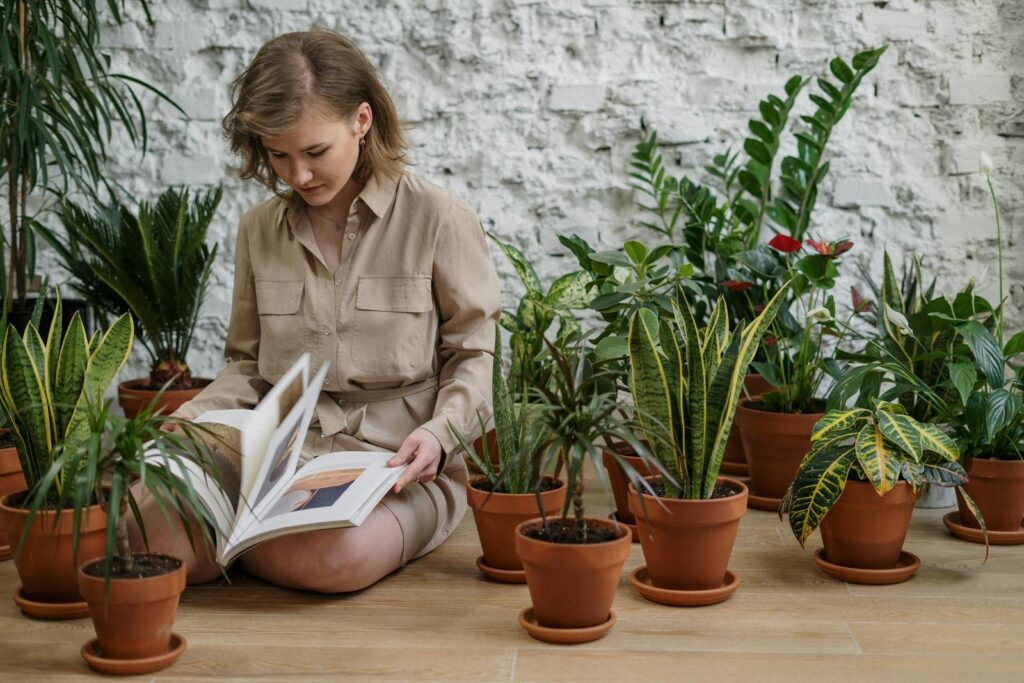
Sunlight shifts throughout the year as the sun’s path changes. If you only observe your garden in one season, you might miss how light moves later on.
A spot sunny in summer could be mostly shaded in winter. Keep a record for several months, noting where sunlight falls in the morning, afternoon, and evening.
This helps you find spots that get consistent light all year. Remember that trees and nearby buildings also cast different shadows depending on the season.
Relying Only on Visual Inspections

Ever looked at your garden and guessed which spots get the most sun? It seems simple, but appearances can be deceiving.
Clouds, shifting weather, and the time of day all change how light falls across your yard.
Instead of guessing, try using a sunlight meter or a phone app to track exactly how much sun each area receives. This takes the mystery out of choosing the best spots for your plants.
Check your garden at different times, morning, midday, and afternoon. Doing this on several days gives you a much better sense of your yard’s true light patterns.
If you want more tips on getting the sunlight balance just right, see how to position your plants.


